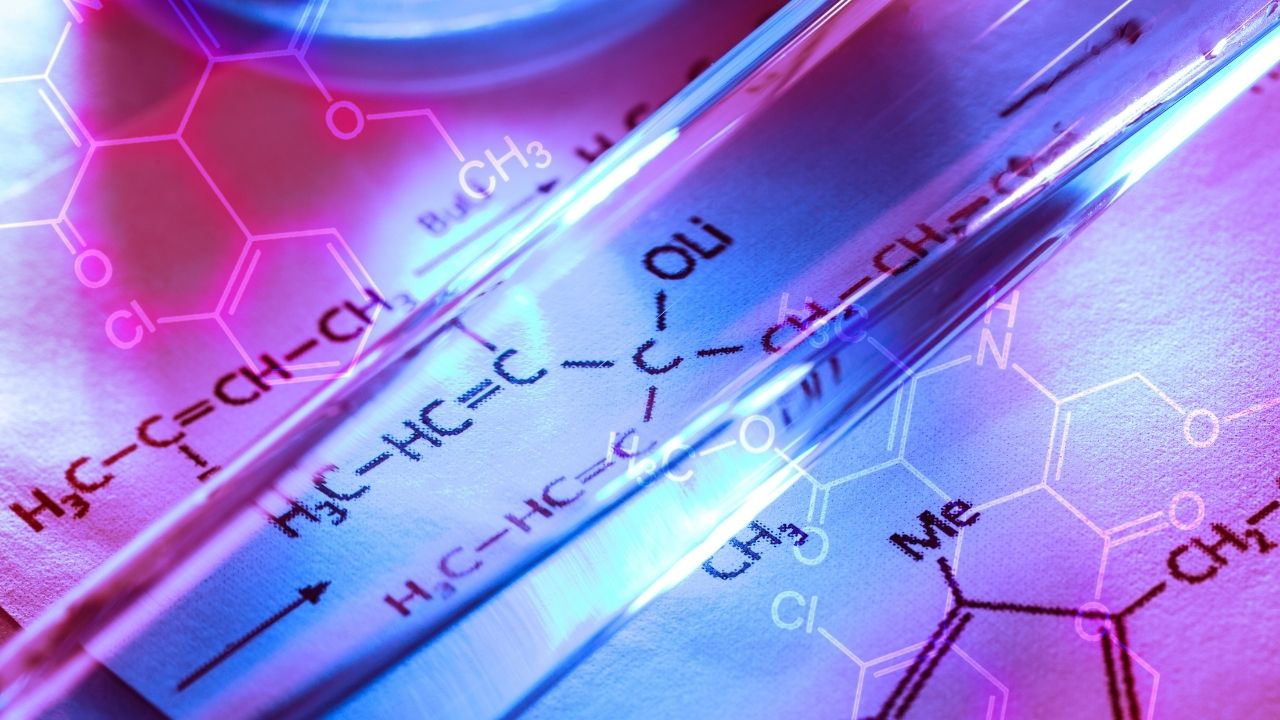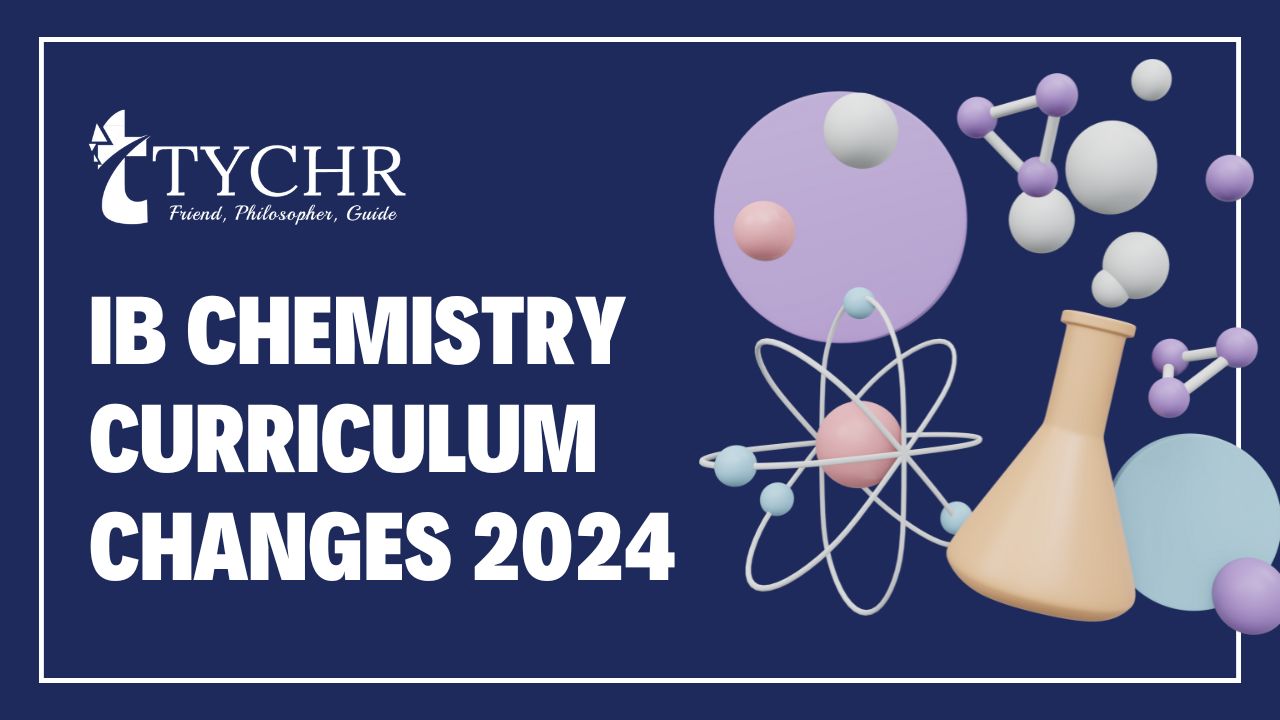Table of Contents
Welcome to the fascinating world of chemical changes, where molecules undergo illuminating transformations! Have you ever wondered what happens at the molecular level when substances interact? How do elements combine or break apart, giving birth to new compounds with unique properties? These intriguing processes are known as chemical changes, and they play a fundamental role in our everyday lives. In this blog post, we will explore the concept of chemical change, delve into different types of these transformations, examine the role of energy in driving them forward, and provide some captivating examples that showcase their significance. So grab your lab coat and microscope because we’re about to embark on a journey into the mesmerizing realm of chemical reactions!
What is a chemical change?
Chemical change, also known as a chemical reaction, occurs when substances undergo a transformation at the molecular level. It involves the breaking and forming of chemical bonds between atoms, resulting in the creation of new substances with different properties than the original ones.
Unlike physical changes, which only affect the appearance or state of matter without altering its composition, chemical changes involve a rearrangement of atoms. This means that during a chemical reaction, one or more substances are converted into entirely new compounds.
Chemical changes can occur due to various factors such as heat, light, pressure, or the presence of catalysts. These external influences provide energy to initiate and drive the reactions forward.
The products formed from a chemical change often have different physical and chemical properties compared to their reactants. For example, when hydrogen gas (H2) reacts with oxygen gas (O2), water (H2O) is produced—a substance with very different characteristics than either hydrogen or oxygen alone.
Understanding chemical changes is crucial because they play an essential role in many aspects of our lives. From digestion in our bodies to combustion processes like burning fuel for energy production—the world around us is full of intricate transformations happening on both macroscopic and microscopic levels.
By studying these reactions and their underlying principles, scientists can develop new materials with improved properties for various applications ranging from medicine to manufacturing. Additionally, understanding how chemicals interact allows us to make informed decisions about safety precautions and environmental impact when using certain substances.
In conclusion… Oops! Sorry for almost concluding there! As you can see from this brief exploration into what constitutes a chemical change—whether it’s combining elements to create something entirely new or breaking down compounds into simpler forms—these transformations shape our world in countless ways. So next time you witness fireworks exploding across the night sky or observe rust slowly corroding metal surfaces over time, remember that behind these captivating phenomena lies an enchanting dance at the molecular level: a dance known as chemical change.
Types of chemical changes
Chemical changes, also known as chemical reactions, can be classified into several different types based on the nature and processes involved. Understanding these types is crucial for gaining insights into how substances transform at a molecular level.
One type of chemical change is called synthesis or combination reaction. In this type, two or more substances combine to form a new compound. An example of this is when hydrogen and oxygen react to produce water.
Another type is decomposition reaction, where a compound breaks down into simpler substances. An example of this is the breakdown of hydrogen peroxide into water and oxygen gas.
Furthermore, there are displacement reactions, in which one element replaces another in a compound. An example of this is when iron displaces copper from copper sulfate solution during the formation of rust.
Next we have acid-base reactions, where an acid reacts with a base to form salt and water. A common example would be the neutralization reaction between hydrochloric acid and sodium hydroxide to produce sodium chloride (salt) and water.
Oxidation-reduction (redox) reactions involve transfer of electrons between species. An example would be the combustion of gasoline in car engines that involves oxidation (burning) process producing carbon dioxide and water as byproducts.
By understanding these various types of chemical changes, scientists can predict how certain substances will behave under specific conditions. This knowledge not only helps advance scientific research but also finds practical applications across industries such as medicine, agriculture, energy production etc.
The role of energy in chemical changes
Chemical changes are not just random transformations that occur at the molecular level. These reactions involve a crucial element: energy. Energy plays a fundamental role in driving and sustaining chemical changes.
In every chemical reaction, there is an exchange or transformation of energy. This can manifest in various forms such as heat, light, or electrical energy. Whether it’s the combustion of fuel in an engine or the photosynthesis process in plants, energy enables these reactions to occur.
One important concept related to energy and chemical changes is activation energy. Activation energy is the initial push required to start a reaction. Think of it as the spark needed to ignite a firework before it bursts into beautiful colors across the night sky.
During a chemical change, bonds between atoms are broken and new ones are formed. This requires input or release of energy depending on whether it is an endothermic or exothermic reaction. Endothermic reactions absorb heat from their surroundings while exothermic reactions release heat.
Understanding how different types of energies interact during chemical changes allows scientists and engineers to design more efficient processes and create innovative materials with desired properties.
The role of energy in chemical changes cannot be overstated; it drives reactions forward, determines their speed, and influences their outcome. By harnessing this knowledge, we can unlock new possibilities for advancements in various fields such as medicine, agriculture, and renewable energy sources.
So next time you witness fireworks lighting up the night sky or marvel at plants converting sunlight into food through photosynthesis, remember that behind these mesmerizing phenomena lies the invisible force -energy- orchestrating complex transformations at the molecular level!
Examples of chemical changes
Chemical changes are happening all around us, often without us even realizing it. These transformations occur at the molecular level and can result in some fascinating effects. Let’s explore a few examples of chemical changes that highlight the amazing world of chemistry.
One common example of a chemical change is combustion. When you light a matchstick and it bursts into flame, a series of reactions occur that release energy in the form of heat and light. This transformation from solid to gas is an excellent illustration of how chemicals can undergo significant changes.
Another intriguing example is the process of rusting. When iron comes into contact with oxygen and moisture, it undergoes a chemical reaction known as oxidation. Over time, this reaction causes the iron to corrode and develop an orange-brown layer commonly referred to as rust.
Acid-base reactions provide yet another set of interesting chemical changes to explore. For instance, when you mix vinegar (an acid) with baking soda (a base), they react to produce carbon dioxide gas, water, and sodium acetate. The fizzing sound you hear during this reaction is evidence that a chemical change is taking place.
Additionally, fermentation serves as an excellent example of how chemical changes play a role in everyday life. Yeast converts sugar molecules into alcohol through anaerobic respiration for processes such as brewing beer or making bread rise.
These examples only scratch the surface when it comes to understanding the many types of chemical changes occurring all around us every day!
So next time you witness flames dancing on candle wicks or see rusty metal objects slowly deteriorating over time, take a moment to appreciate these remarkable transformations at the molecular level – proof that chemistry truly shapes our world!
The importance of understanding chemical changes
Chemical changes are not just abstract concepts that exist solely in the realm of science textbooks. They play a significant role in our everyday lives, from the food we eat to the materials we use. Understanding chemical changes is essential for several reasons.
First and foremost, understanding chemical changes allows us to comprehend how substances transform at the molecular level. This knowledge helps scientists develop new medicines, create innovative materials, and improve industrial processes. By understanding the mechanisms behind chemical reactions, researchers can manipulate them to achieve desired outcomes.
Moreover, comprehending chemical changes enables us to make informed choices about our health and environment. We can assess the potential risks associated with certain chemicals or products and make decisions accordingly. For example, knowing that burning fossil fuels leads to harmful emissions guides us toward seeking cleaner energy alternatives.
Understanding chemical changes also empowers individuals to engage in scientific discourse and contribute to discussions on important topics like climate change or food production. It allows us to critically evaluate information presented by others and discern between credible sources and pseudoscience.
Grasping chemical changes fosters curiosity and a sense of wonder about our world. It reveals the beauty hidden within seemingly ordinary transformations happening all around us every day – whether it’s baking bread or witnessing leaves changing colors in autumn.
In conclusion (without using those words!), understanding chemical changes has far-reaching implications for numerous aspects of our lives – from advancements in technology and medicine to making conscious choices about sustainability. So let’s embrace this fascinating field of study as it holds immense potential for innovation, discovery, and overall betterment of society.
Conclusion
Understanding chemical changes is crucial for a variety of reasons. It allows us to comprehend the transformations that occur at the molecular level and helps us appreciate the impact these changes have on our daily lives. By recognizing different types of chemical changes, we can gain a deeper understanding of natural phenomena, technological advancements, and even culinary processes.
Through this article, we have explored what chemical changes are and how they differ from physical changes. We have also discussed various examples of chemical reactions taking place around us – from rusting metal to baking bread.
It is fascinating to observe how energy plays a significant role in driving these transformations. Whether it’s through absorbing or releasing energy, chemical reactions are always accompanied by energetic shifts that contribute to the overall outcome.
By delving into real-life instances of chemical change examples, we can grasp their significance better. From fireworks illuminating the night sky with vibrant colors to plants harnessing sunlight for photosynthesis – every example showcases the incredible power and complexity behind these molecular transformations.
Comprehending chemical changes not only deepens our scientific knowledge but also enhances our appreciation for the world around us. So next time you witness a firework explosion or notice bread rising in an oven, take a moment to marvel at the intricate dance happening at the molecular level – showcasing nature’s ability to transform one substance into another.








